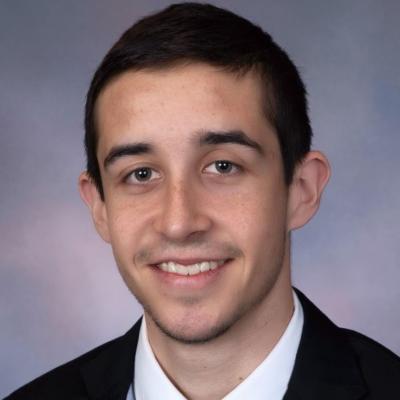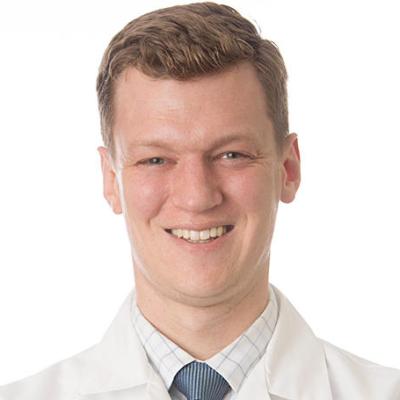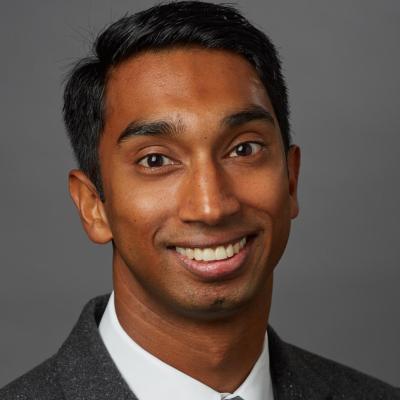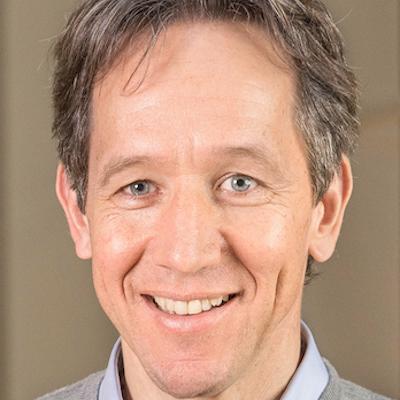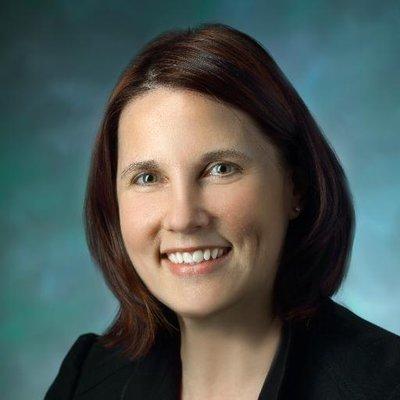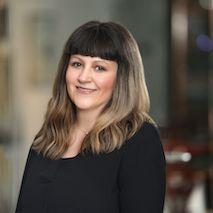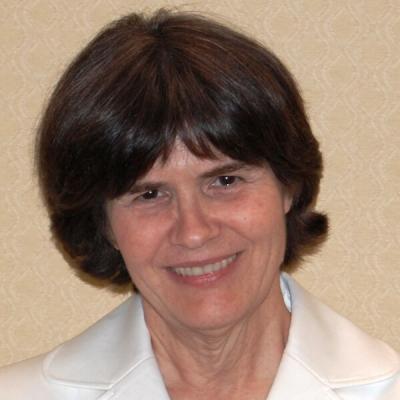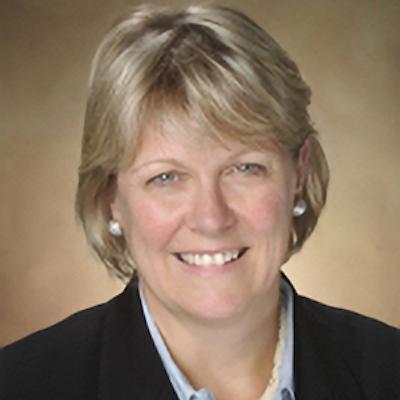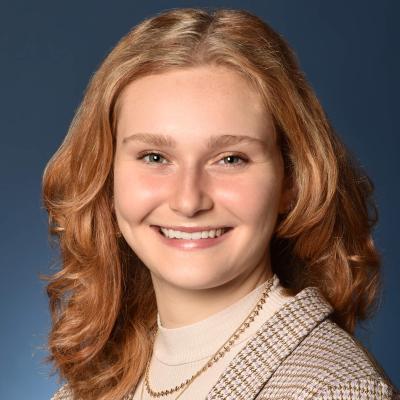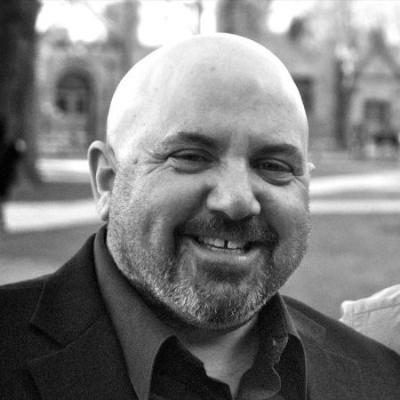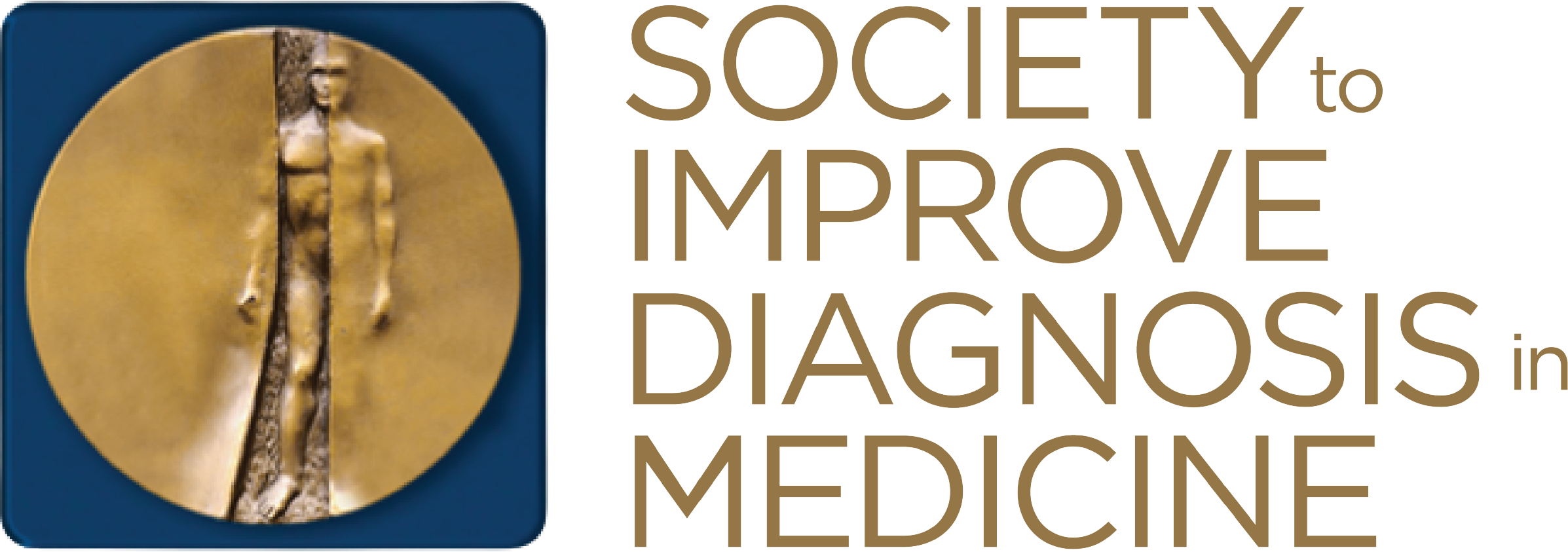Oral Sessions 2 - Understanding, Measuring, and Supporting Diagnostic Reasoning
- x
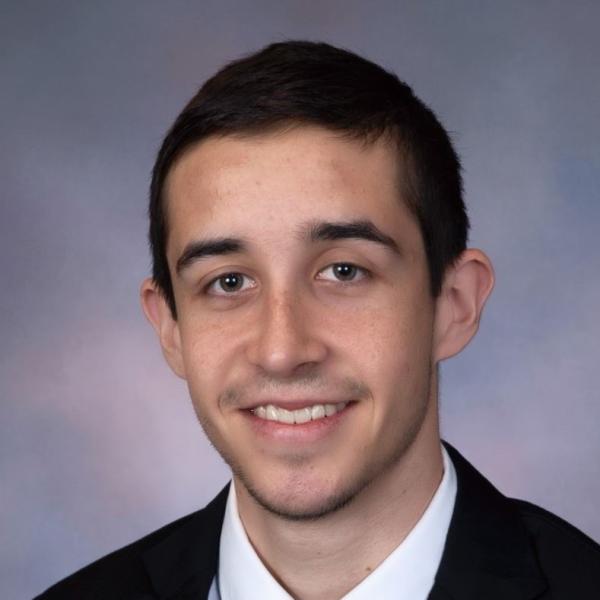
Lucas Saporito
Medical StudentKaiser Permanente Bernard J. Tyson School of Medicine
Pasadena, CAMy name is Lucas Saporito, and I am a 3rd year student at Kaiser Permanente Bernard J Tyson School of Medicine in Pasadena, California. I spent most of my life in Arizona before heading across the country for my undergraduate studies at Duke University. While in North Carolina, I found joy in systems improvement at my on-campus recreation job. When I started medical school, I wanted to find similar ways to create systems change within the clinical environment. The e-Biopsy team at Kaiser Permanente Southern California took me under their wing and allowed me to get hands-on learning about how they use data and technology to change systems and improve adherence to best practices in medicine. I am currently working on my thesis project with the e-Biopsy team to assess how recent systems changes have affected provider decision making in diagnosing ectopic pregnancy. This is especially important to me since OBGYN is one of the few specialties I am considering for residency. I am very grateful to the e-Biopsy team for all their support and guidance throughout my 2 years working with them, and I am honored to share e-Biopsy's ectopic pregnancy work with you at SIDM 2022.
- x

Timothy Mosher, MD
Professor and Chair of RadiologyPenn State University
Hershey, PATimothy Mosher MD is a graduate of the Penn State College of Medicine, and the Kenneth L. Chair, Department of Radiology at Penn State University and Distinguished Professor of Radiology and Orthopaedic Surgery. Dr. Mosher is active in the field of diagnostic error in medicine previously serving as a member of the Board of Directors for the Society to Improve Diagnosis in Medicine (SIDM) and as a representative of Penn State Health in the Coalition to Improve Diagnosis. He is the Physician Advisor to the Pennsylvania Patient Safety Authority Center of Excellence for Improving Diagnosis. Dr. Mosher is a clinical musculoskeletal radiologist with a research interest in osteoarthritis. Dr. Mosher is a fellow of the International Society for Magnetic Resonance in Medicine. He has served on numerous NIH scientific review groups, the Scientific Advisory Board for the Canadian Arthritis Network, the Canadian Foundation for Innovation, and as an industry consultant in the areas of imaging applications to musculoskeletal projects. Dr. Mosher has published over 80 books and manuscripts with the majority in the area of musculoskeletal imaging, quantitative cartilage imaging, and MRI technical development.
- x

Benjamin Rosner, MD, PhD
Assistant Professor of Hospital MedicineUniversity of California San Francisco
San Francisco, CADr. Rosner is an Associate Professor of Medicine, a hospital based physician, and a researcher on diagnostic feedback, digital health, and informatics. He currently runs a project funded by the Gordon and Betty Moore Foundation to catalog and make publicly available, an online repository of resources that have been developed for providing feedback to clinicians about diagnostic performance to help with recalibration. Dr. Rosner spent over a decade in the digital health industry, bringing engineering, design, and medical expertise to the development and validation of digital health products. He has worked extensively in the policy space with organizations such as the FDA, the Centers for Medicare and Medicaid Services, as well as national non-profit digital health organizations including the Digital Therapeutics Alliance, and the Network of Digital Evidence.
- x
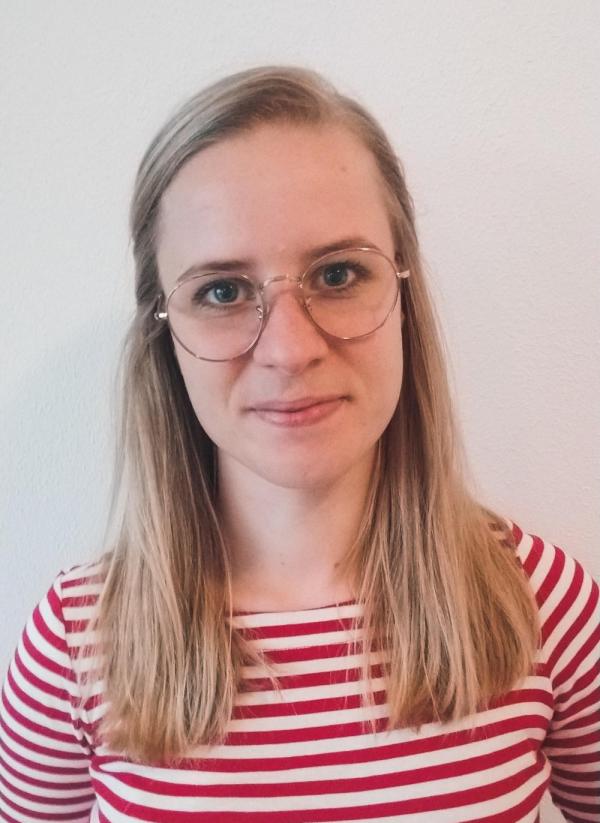
Larissa Ruczynski
MD, PhD StudentRadboud University Medical Center, Radboudumc Health Academy
Nijmengen, NetherlandsHi! I am a PhD student from Nijmegen, the Netherlands. My research is about the learning process of clinical reasoning skills during undergraduate clinical clerkships. I investigate how this learning process progresses, what influence assessment has on students' learning behavior and how we can stimulate peer-assisted learning in the workplace to spark the clinical-reasoning learning process.
- x
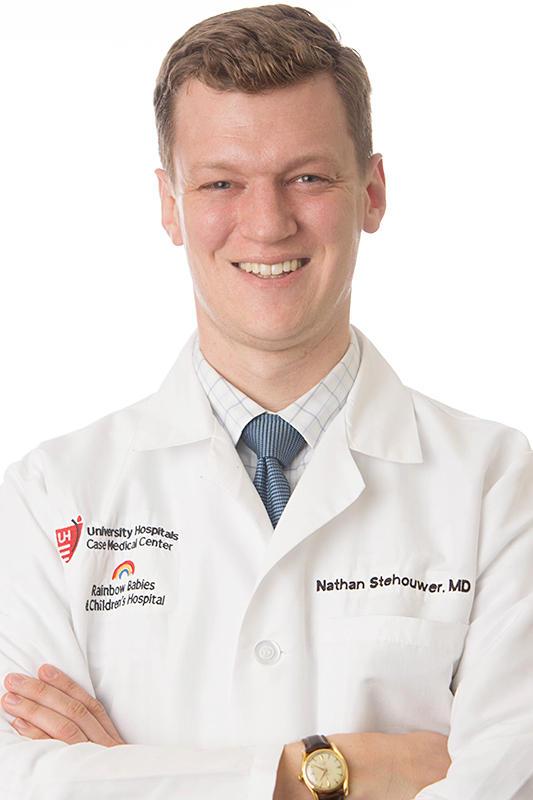
Nathan Stehouwer, MD
Assistant Professor, Internal Medicine and PediatricsCase Western Reserve University School of Medicine
Cleveland, OHDr. Nathan Stehouwer is an assistant professor of Internal Medicine and Pediatrics at Case Western Reserve University School of Medicine and the program director of the Med-Peds residency program at University Hospitals Cleveland Medical Center/Rainbow Babies and Children’s Hospital. He received his undergraduate degree from Calvin College and his MD from CWRU. He completed his residency in combined Internal Medicine-Pediatrics at UH/Rainbow, where he served an additional year as chief resident. He founded and is the medical director of the Med-Peds consult service for young adults with childhood-onset conditions admitted to the pediatric or adult hospitals. His research interests focus on investigating novel means of assessing and teaching clinical reasoning, with an emphasis on the use of probabilistic reasoning to enhance education and clinical decision-making. Dr. Stehouwer also serves on the editorial board for the New England Journal of Medicine Healer application, an interactive platform teaching clinical reasoning to trainees.
- x
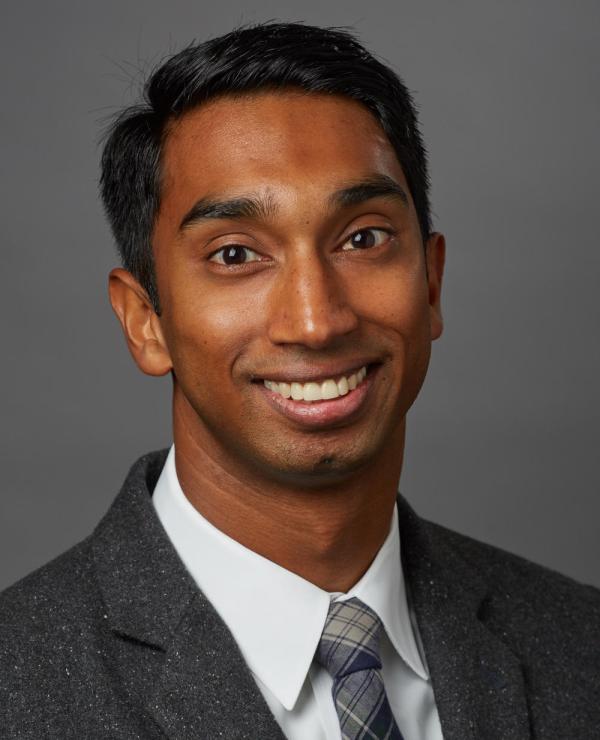
Thilan Wijesekera, MD, MHS
Assistant Professor, Program of Hospital MedicineYale School of Medicine
New Haven CTThilan Wijesekera, MD, MHS received his medical degree from the University of Rochester School of Medicine and Dentistry before completing his residency training in Yale University’s Primary Care Residency Program. He subsequently completed a General Internal Medicine Fellowship in Medical Education at Yale University School of Medicine, during which he received a Master of Health Science degree in the Medical Education Pathway. In 2018, he joined the Academic Hospitalist Program in the Yale Section of General Internal Medicine. He is active in medical education, particularly at Yale University School of Medicine, where he has roles as the Director(s) of Clinical Reasoning and Remediation. He also has a role in the Teaching and Learning Center as an Associate for Clinical Reasoning Educator Development, where he provides and collaborates on consultations, workshops, and scholarship related to teaching clinical reasoning. Dr. Wijesekera's educational interests include clinical skills, curriculum development, education and mentorship for medical students and residents. His research interests include clinical reasoning, diagnostic error, and interprofessional education with recent publications in Academic Medicine, Medical Teacher, and Journal of General Internal Medicine. He gives faculty development workshops regionally and nationally on teaching clinical reasoning and diagnostic error, on which he completed a fellowship with the Society to Improve Diagnosis in Medicine (2018).
Authors will present peer-reviewed abstracts of the latest innovations in diagnostic safety research, practice improvement, and education, and will answers questions from the audience.
Learning Objectives
- Describe new and innovative research related to diagnostic safety;
- Discuss innovative practice improvement strategies for improving diagnosis in medicine;
- Identify high-quality medical education methodologies to improve clinical reasoning and reduce diagnostic error.
Oral Abstract Titles and Presenting Authors
- e-Biopsy: Addressing Missed Diagnoses of Ectopic Pregnancies Through Decision Support Enhancements – Lucas Saporito, Medical Student, Kaiser Permanente Bernard J. Tyson School of Medicine
- fMRI Reveals a High-Risk Neurocognitive State Associated with Radiologists’ Perceptual Errors – Timothy Mosher, Professor and Chair of Radiology, Penn State University
- Development of a National Public Repository for Diagnostic Feedback Resources – Benjamin Rosner, Associate Professor of Hospital Medicine, University of California San Francisco
- A Digital Clinical Reasoning Test: What Does it Add? – Larissa Ruczynski, MD/PhD Student, Radboud University Medical Center
- Validity and Reliability of Brier Scoring for Assessment of Probabilistic Diagnostic Reasoning – Nathan Stehouwer, Assistant Professor Internal Medicine and Pediatrics, Case Western Reserve University School of Medicine
- Diagnosing the Curriculum: Leveraging Student Leadership to Grow Clinical Reasoning Education – Thilan Wijesekera, Assistant Professor Program of Hospital Medicine, Yale School of Medicine
Learning from Correct Diagnoses: A Safety-II Approach
- x
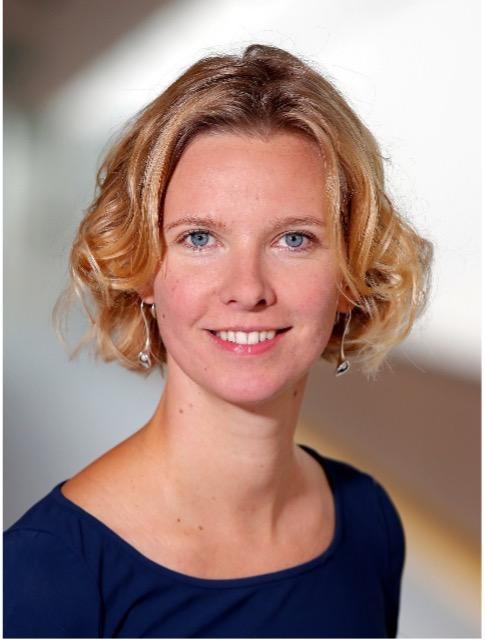
Laura Zwaan, PhD
Assistant ProfessorErasmus MC
Institute of Medicinal Education Research Rotterdam (iMERR)
Rotterdam, The NetherlandsLaura Zwaan, PhD is an Assistant Professor at the Institute of Medical Education Research Rotterdam (iMERR) of the Erasmus MC in Rotterdam. She is a cognitive psychologist and epidemiologist who dedicates her career to understanding and improving the diagnostic process. She is committed to create awareness for the topic of diagnostic error in medicine. Laura initiated the European Diagnostic Error in Medicine conferences and was the main organizer and chair of the 1st European conference in Rotterdam in 2016 and the co-chair for the conference in Bern, Switzerland (2018). Dr. Zwaan is an active member of the Society to Improve Diagnosis in Medicine (SIDM) and has been on the scientific committee for the Diagnostic Error in Medicine conferences for 8 years (2011-2018) and she served as the chair of the SIDM research committee (2015-2017).
- x
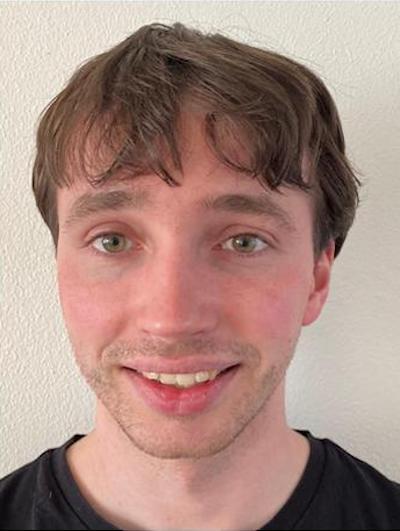
Rick Roos, MD
ResearcherHaga Teaching HospitalAn Internal Medicine resident researching the diagnostic process on the emergency department using the Safety-II approach.
- x
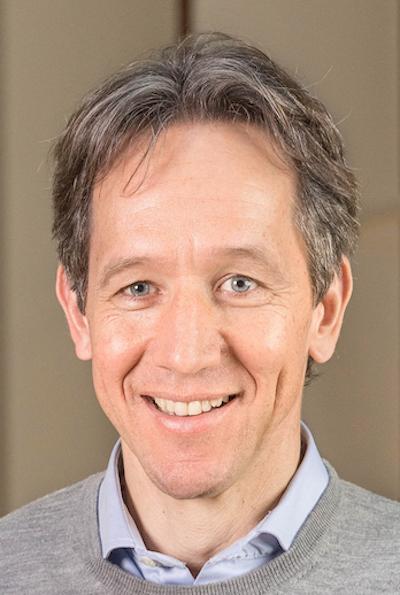
Maarten van Aken, MD, PhD
InternistHaga Teaching HospitalInternist-endocrinologist, with a special interest in the diagnostic process. Member of a Commission from the Dutch Medical Specialist Federation on a risk profile for diagnostic error. Currently involved in conducting a study evaluating the diagnostic work-up at the emergency department (ED), from a Safety-II perspective. Previous work includes a pilot study on diagnostic error in cases brought to the Dutch Healthcare Disciplinary Board, and a study on the value of blood cultures at the ED in patients presenting with fever. Currently in the last semester of a Master Population Health Management at Johns Hopkins Bloomberg School of Public Health, Baltimore, USA.
Patient safety has been long defined as a state whereas few things as possible go wrong. Therefore, improving patient safety has been addressed by analyzing errors and near misses. This is called the Safety-1 approach. Recently, a new approach to patient safety has emerged, i.e., the Safety-II approach. Instead of aiming at identifying errors, Safety-II aims at understanding how things usually go right, since that is the basis for explaining how things occasionally go wrong. We recently started a project with the aim to learn from correct diagnosis in the emergency department (ED) at a teaching hospital in the Netherlands. With three cycles of observations, we identify practice variations and best practices in the diagnostic process. The findings from each of the three observation cycles are discussed in co-creation sessions in the presence of patients (or their representatives), internists and ED physicians, residents (Internal Medicine/ ED), nurses and risk managers. The workshop provides the theory of the Safety-II approach. The presenters will share their experience with the Safety-II application. Subsequently, in an interactive practice session attendees will be able to practice with the Safety-II approach. Finally, the lessons learned in the workshop will be discussed.
Learning Objectives
- Understand the Safety-II approach for improving diagnostic safety;
- Explain how improving diagnosis can be achieved by learning from a correct diagnostic process;
- Apply the Safety-II approach in professional practice.
Learning from Experience - Strategies to Integrate the Patient Voice into Diagnostic Safety
- x
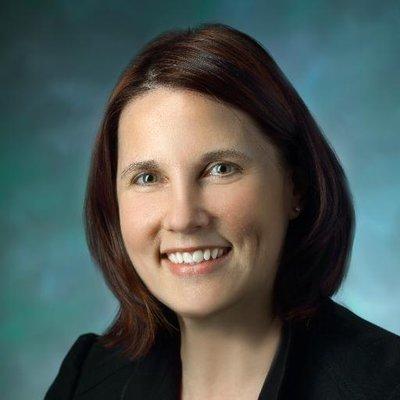
Kelly Smith, PhD, MSc.
Associate Professor, Program Director, Health Systems Research – Outcomes & EvaluationUniversity of Toronto, Institute of Health Policy, Management and Evaluation
Toronto, Ontario, Canada - x
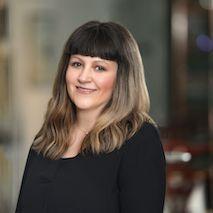
Traber Giardina, PhD
Assistant ProfessorBaylor College of Medicine and Houston VA
Houston, TXDr. Giardina is a patient safety researcher and assistant professor at Baylor College of Medicine and the Center for Innovations in Quality, Effectiveness and Safety at the Michael E. DeBakey VA Medical Center. Dr. Giardina’s work focus on patients’ experiences of diagnostic error and exploring methods to leverage health IT to improve patient engagement in safety.
- x
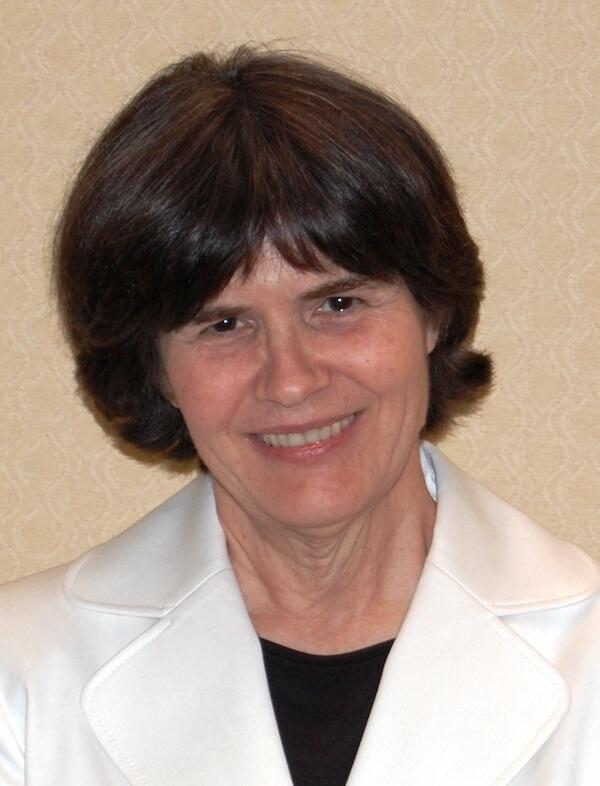
Helen Haskell, MA
Patient AdvocateMothers Against Medical Error
Columbia, SCHelen Haskell is president of the nonprofit patient organizations Mothers Against Medical Error and Consumers Advancing Patient Safety. She is an Institute for Healthcare Improvement senior fellow, a board member of the Patient Safety Action Network and the International Society for Rapid Response. She is a recently retired board member of the Institute for Healthcare Improvement and the Accreditation Council for Graduate Medical Education and a previous chair of the Patient Engagement Committee of the Society to Improve Diagnosis in Medicine and of the WHO Patients for Patient Safety Advisory Group. She continues to work with the World Health Organization on patient safety and patient engagement and with SIDM and AHRQ on diagnostic issues. Helen’s goal since the medical error death of her young son Lewis has been to enhance the patient contribution to safety and quality in healthcare. She has written or co-authored dozens of articles, book chapters, and educational materials on patient engagement in safety, quality, and diagnosis, including a co-edited textbook of case studies from the patient perspective. Her son Lewis’s story has been featured in educational programs and videos including Transparent Health’s full-length Lewis Blackman Story. Helen holds a bachelor's degree in Classical Studies from Duke University and a master’s degree in Anthropology from Rice University in the United States.
Patients, family members, and care partners have unique insights on care, including patient and diagnostic safety. This highly interactive workshop brings together evidence-based practices codesigned with patients and family members over the past decade to detect, address, and learn from patient- and family- identify breakdowns in diagnostic safety, through the lens of a learning healthcare system. Attendees will explore routinely collected information from patients and family members by health systems as rich sources of data yielding important insights for diagnostic safety improvement efforts. Attendees will also have the opportunity to apply and compare existing taxonomies for diagnostic safety across these various patient-reported data sources and will work in teams to codesign a program to utilize this data and integrate it into a diagnostic safety surveillance program.
Learning Objectives
- Identify and classify sources of patient-reported information health systems can use for diagnostic safety;
- Apply evidence-based structured taxonomies to identify diagnostic safety opportunities.
Proud to Share: Decreasing Delays & Increasing Staff Acceptance of LGBTQ Patients
- x
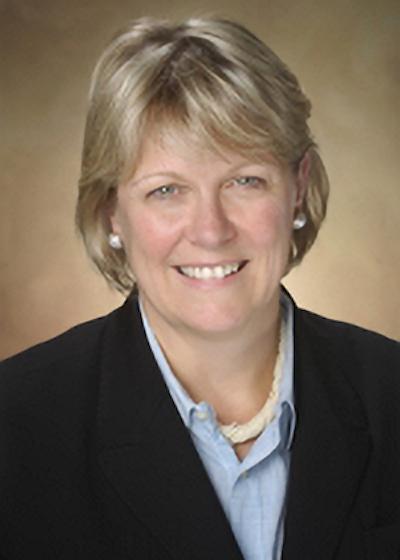
Mary Reich Cooper, MD, JD
Program Director, Healthcare Quality and SafetyThomas Jefferson University
Philadelphia, PAMary Reich Cooper MD JD has been Associate Professor of Population Health and Program Director for Healthcare Quality and Safety and Operational Excellence at the Thomas Jefferson University College of Population Health since January 2016. She also designed and inaugurated the Quality Improvement and Patient Safety Leadership (QIPS) program and the implementation of the Health System Science curriculum for the Sidney Kimmel Medical College in the JeffMD curriculum. She is on the Board of the American College of Medical Quality, the QTIP Editor for the American Journal of Medical Quality, and a national speaker on patient safety, healthcare quality, leadership, and social determinants of health. Much of Dr. Cooper’s career has been leading healthcare quality and patient safety for academic medical centers and affiliated organizations. Dr. Cooper was the Chief Quality Officer and Senior Vice President, Clinical Services for the Connecticut Hospital Association from 2012 to 2021. At CHA, she was responsible for overseeing the implementation of High Reliability Science throughout the hospitals in Connecticut, creating value for the hospitals with their quality and safety strategy, and working closely with the state government and quality organizations. Dr. Cooper also oversaw CHA’s work in Population Health, including Social Determinants of Health and the Connecticut Perinatal Quality Collaborative. Prior to Connecticut Dr. Cooper was in Rhode Island for five years, where she was Senior Vice President and Chief Quality Officer for Lifespan Corporation, a four-hospital health system based in Providence. She was an Assistant Professor in Medicine (Research) at The Warren Alpert Medical School of Brown University and a Member on the Rhode Island State Board of Medical Licensure and Discipline for five years. She went to Lifespan in July 2007, after twelve years at New York-Presbyterian Hospital, where she served as the Chief Quality Officer. Dr. Cooper received her undergraduate degree cum laude from Duke University, her medical degree from Temple University School of Medicine, where she was elected to AOA, and her degree in health law from Pace University School of Law. She has numerous publications and grants, and her interests are large-scale change and health policy.
- x
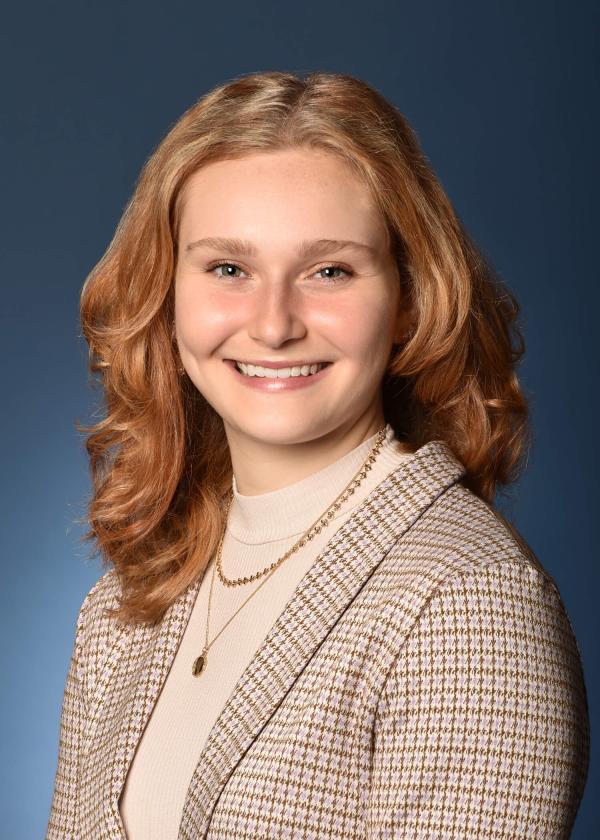
Julia Witkowski
Jefferson College of Population Health
Philadelphia, PAJulia Witkowski (She/Her) earned a Bachelor of Science from Juniata College and is now a graduate student pursuing a Master of Public Health at Thomas Jefferson University. Julia is the co-author of the 2022 CAHME/George and Regi Herzlinger Innovation Education Award silver recipient, which recognizes the role that Jefferson’s Healthcare Quality and Safety (HQS) program plays in creating leaders of change in healthcare. Julia is also the primary author of the 2022 CAHME/Canon Solutions America Award for Sustainability in Healthcare Management Education, which acknowledges that sustainability initiatives are at the forefront of the HQS curriculum and students receive all the training and experience necessary to emerge as passionate advocates and successful leaders in their fields.
- x
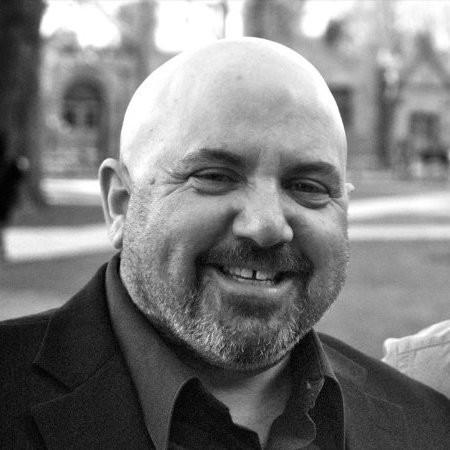
Tony Ferraiolo
Owner/Trainer/Patient AdvocateTony Ferraiolo, LLC
East Haven, CT
Proud to Share is an interactive patient-centered workshop. The 90-minute timetable will be divided into three parts. The first part will be a combination of didactic instruction and technology assessing attendees’ knowledge, reinforcing a flipped classroom model with prior readings sent to the participants. Dr. Cooper will choose the readings and discussion prompts that will be sent out through Jefferson’s use of a learning management system (LMS) that is used in our academies. On the day of the workshop, she will deliver that academic content and facilitate that discussion. The second part will be a facilitated discussion led by patient advocate Tony Ferraiolo, beginning with capsules of patient stories through videos and stories narrated by Julia Witkowski, probing the attitudes and behaviors of attendees in similar situations. Mr. Ferraiolo will share his own experience and then teach attendees tactics they can bring home to their own organizations to make practices and organizations psychologically safe. The final 30 minutes will be breakout groups discussing scenarios and tools that the attendees design, evidence-based and able to be implemented in their own organizations. The material will be shared with the large group, collected, and distributed through the LMS.
Learning Objectives
- Review practices that result in deadly delays in diagnosis among the LGBTQ patient population;
- Discuss attitudes and behaviors that contribute to a lack of psychological safety;
- Generate improvements to provide safe and accessible care for the LGBTQ community.

